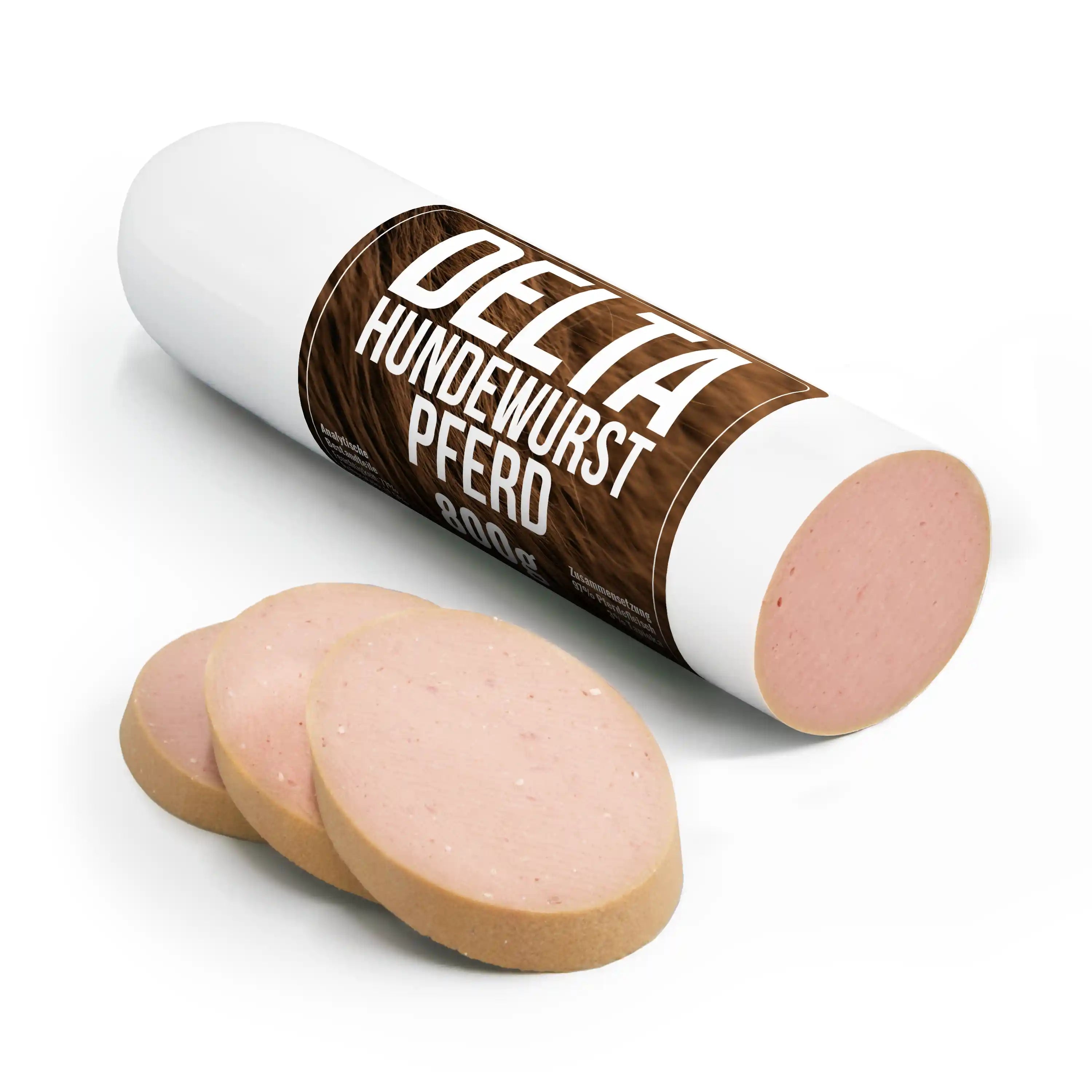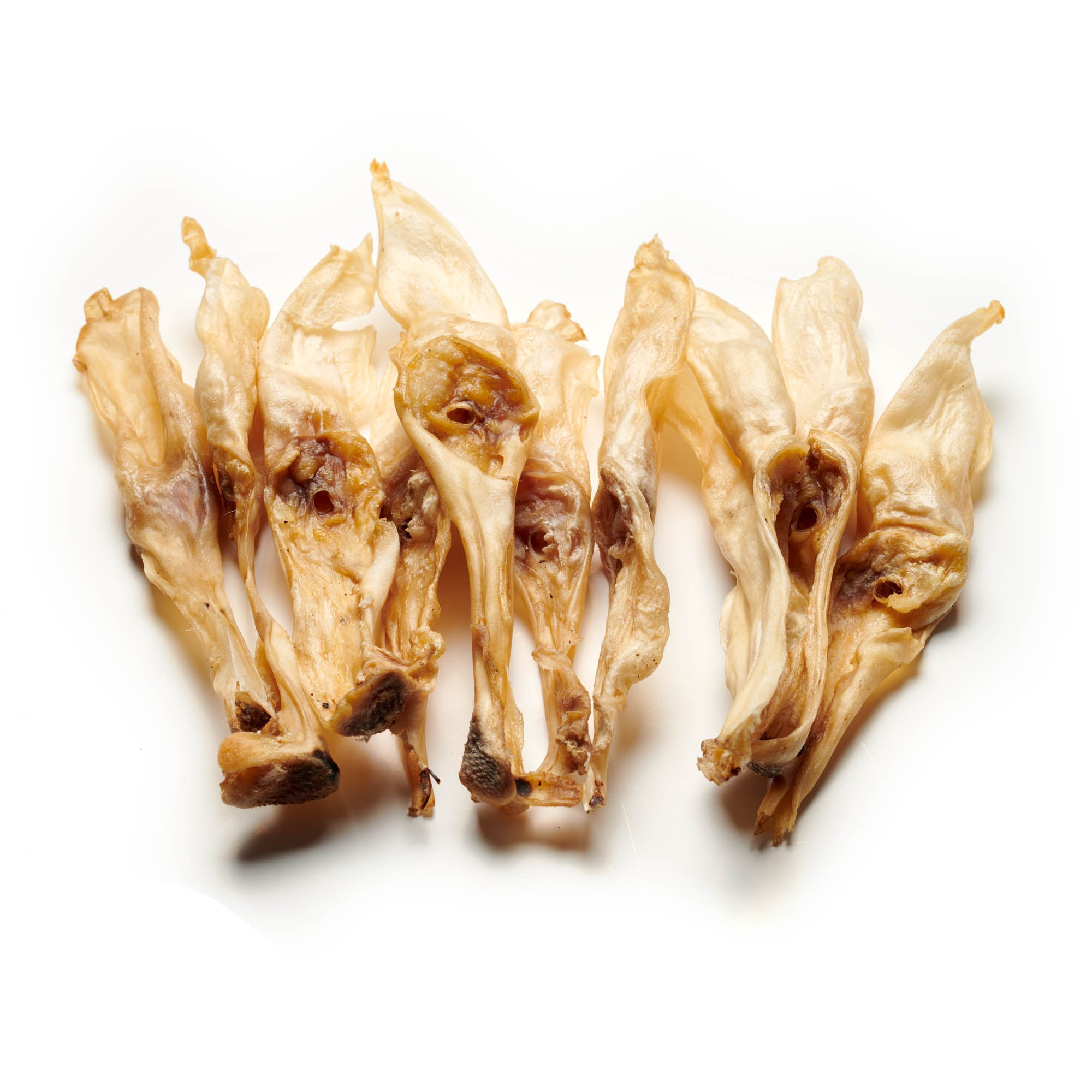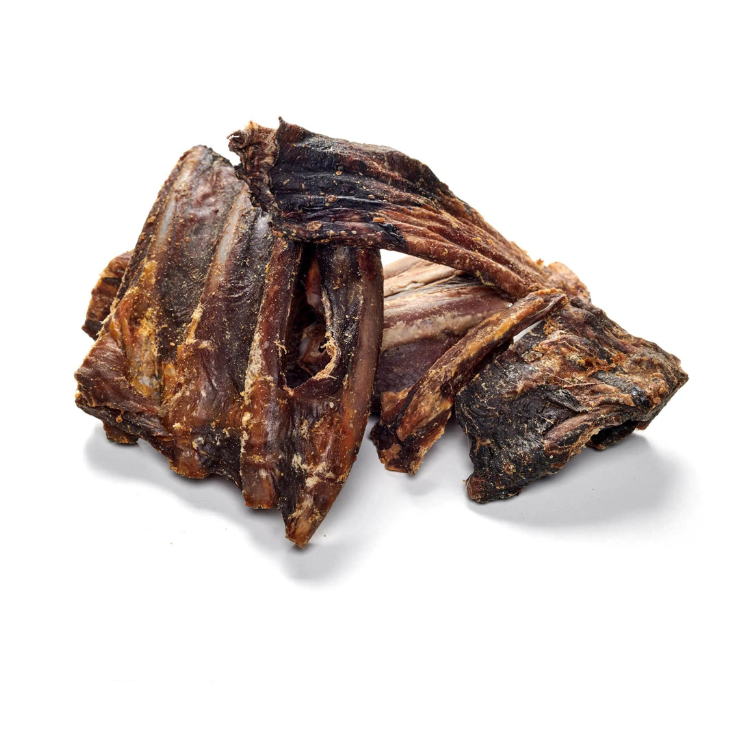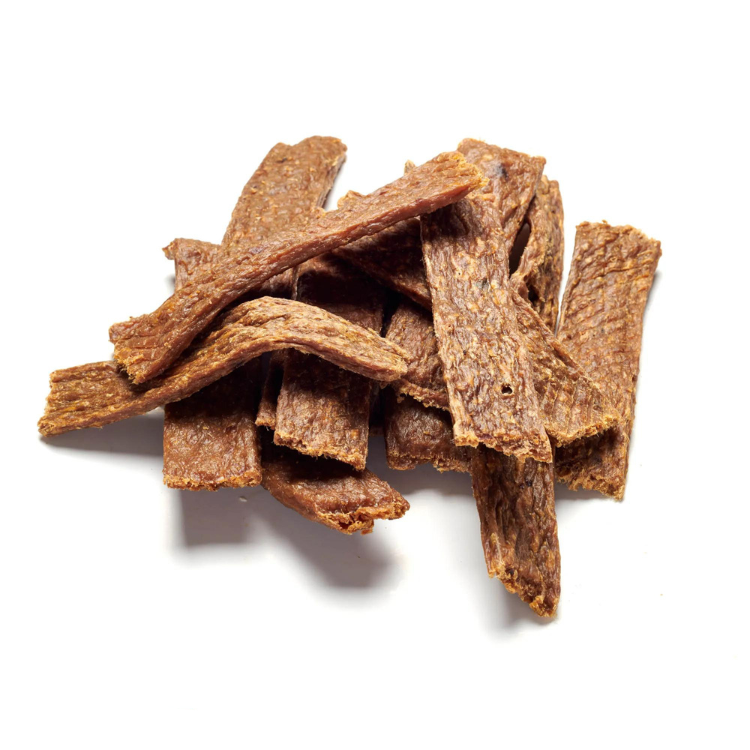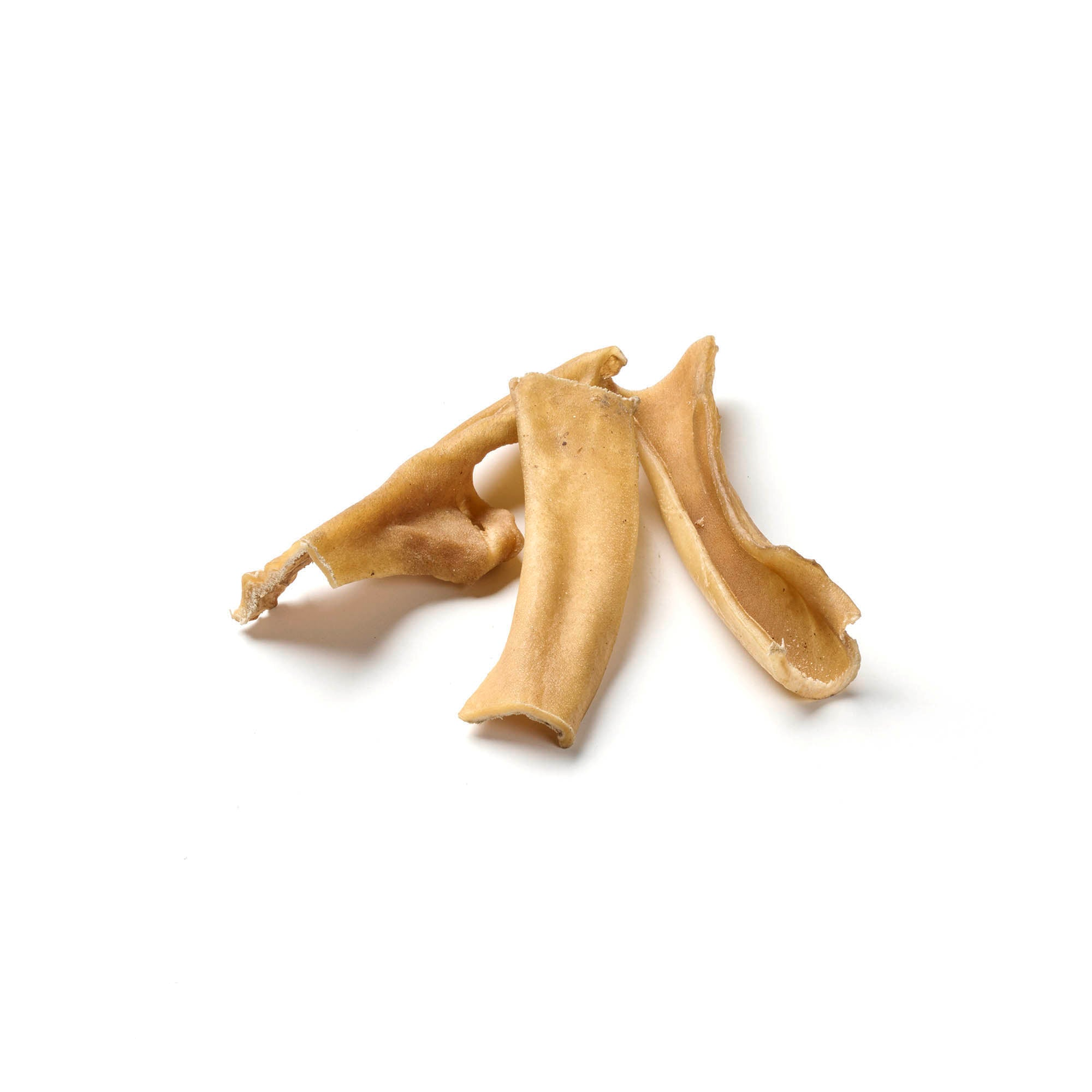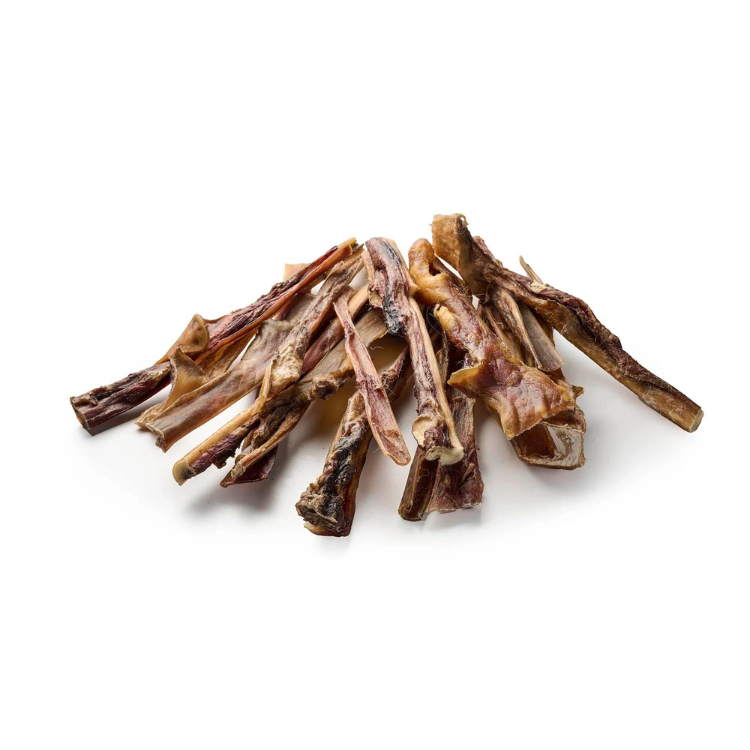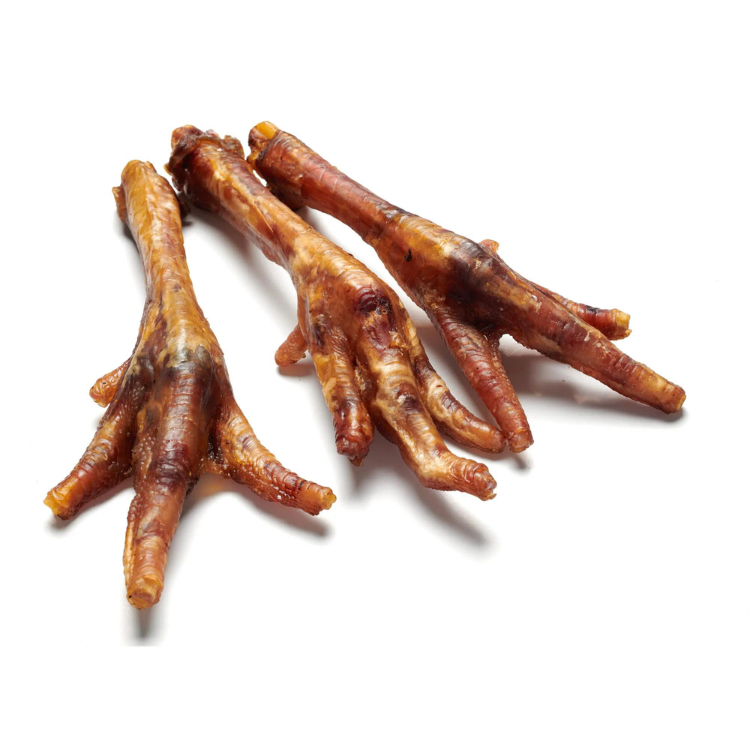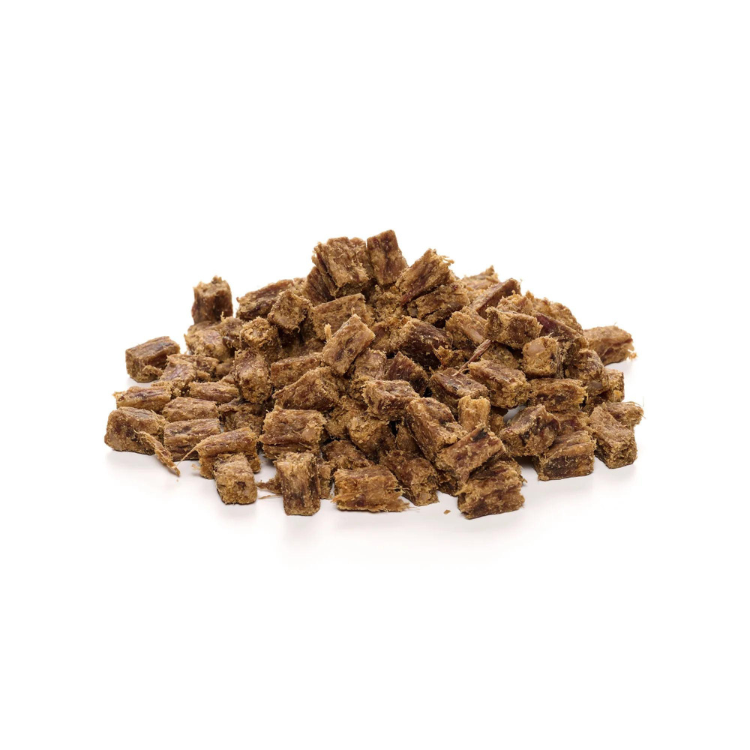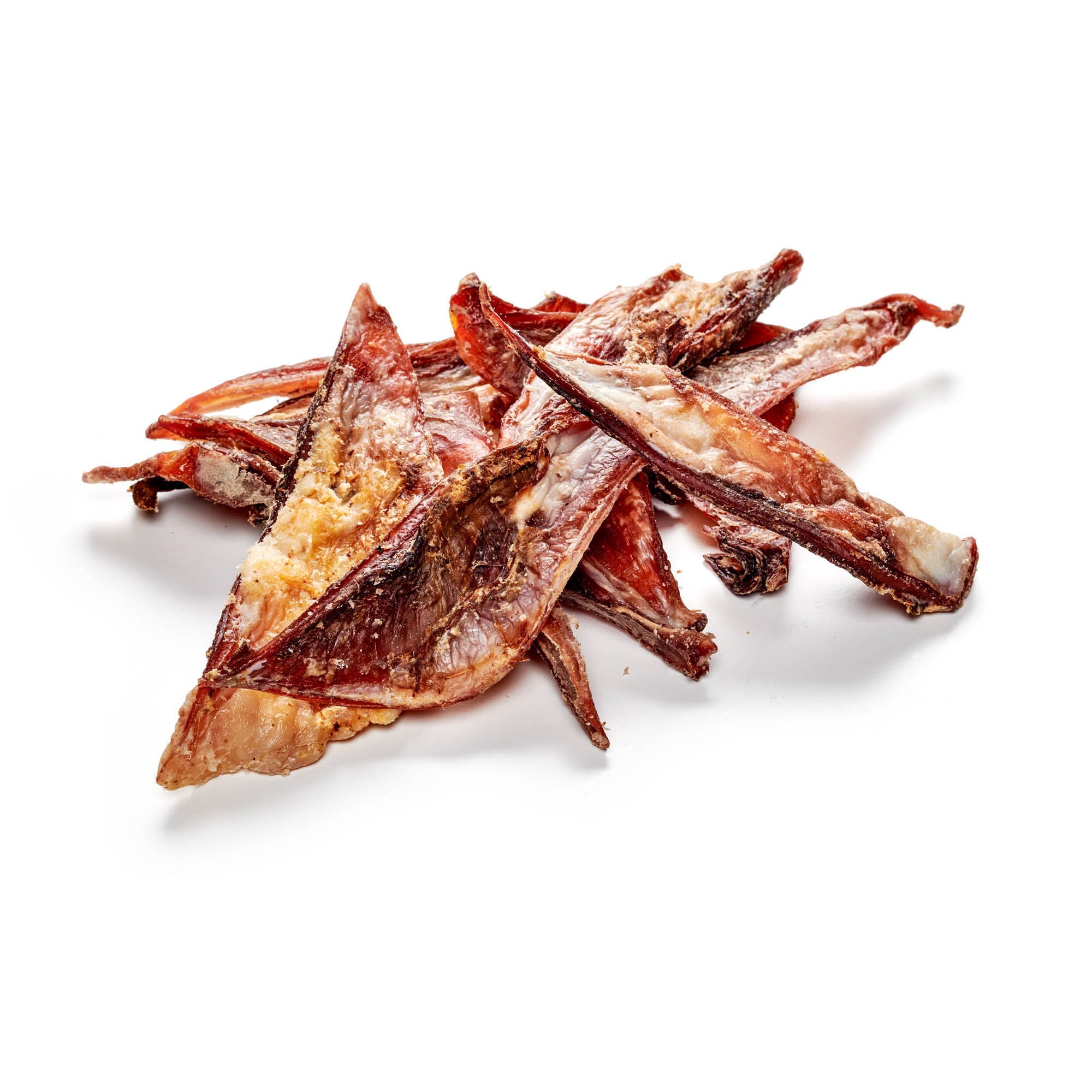
Doberman
Share
The Doberman is an imposing dog that impresses with its intelligence and loyalty. Originally bred as a guard dog, the Doberman is now known for its versatility and alertness. It is loyal and energetic, which makes it an excellent companion and watchdog.
Content: Doberman
- profile
- Special features
- Nutrition
- Health and care
- The right accessories
- Origin & History
- Conclusion
Pamper your dog with our chew products!
Doberman - Profile
- Character: Intelligent, loyal, energetic, alert
- Size: Large
- Height: 63-72cm
- Weight: 32-45 kg
- Life expectancy: 10-12 years
- Coat type: Short, dense coat
- Colour: Black, Brown, Blue, Red (with rust-coloured markings)
- Special features: Originally bred as a guard dog, intelligent and trainable
- FCI Group: Pinscher – Schnauzer
Doberman - Special characteristics
The Doberman is one of the most intelligent dogs in the world. It is characterized by its great ability to learn and its ability to understand. Even though dogs are no longer bred so carefully these days, it is an excellent watchdog. Nevertheless, the Doberman is well suited as a family dog. Due to its size and strength, adult dogs can become somewhat dangerous. However, these four-legged friends have a very friendly character. It is a very fond of children and affectionate dog that obeys every command if well trained.
Since good training is very important, beginners should not approach this dog. The dog was bred as a guard and protection dog. It is therefore a rather distrustful dog towards strangers. Due to its intelligence, the dog intervenes in situations at its own discretion if it feels this is necessary.
The Doberman has a shiny, short and smooth coat. Coat colors vary from black to fawn to dark red and blue. The rust-colored pattern on the face, chest and legs is characteristic of this breed. On average, these dogs live for 10 to 12 years. Since the Doberman has also been abused as a fighting dog , it is on the list of dangerous dogs in some places. But in Germany, this is only the case in Brandenburg.
Unfortunately, even today it is still common for Dobermans and other dog breeds to have their tails and ears docked. This is the term used to describe the practice of partially amputating dogs' ears and tails. This trend has gone so far that many people think Dobermans are born with pointy ears. This is not the case. They naturally have floppy ears, which makes them look much cuter. Dobermans were originally bred as guard and watchdogs. Their ears and tail were docked so that the dog could not be grabbed so easily. Hunting dogs also have their tails docked to reduce the risk of injury. Today, however, this unspeakable practice is only carried out for false ideals of beauty - apart from hunting dogs . Fortunately, in Germany, docking has been banned under animal protection laws since 1987, but since there are no corresponding rules in neighboring countries, there are enough ways to get around this law. In any case, docking should be questioned - not unconditionally supported. Today, however, this unspeakable practice is only carried out due to false ideals of beauty. Fortunately, docking has been banned in Germany since 1987 under the Animal Protection Act, but since there are no corresponding regulations in neighboring countries, there are plenty of options.
Doberman - What should be considered regarding nutrition?
The diet of Dobermans depends on the area of use and the activity of the Doberman. The amount of food increases with increased activity. As with other dogs, the energy and nutrient requirements depend on weight, size and activity. For very active dogs, care should be taken to ensure that they have sufficient amounts of carbohydrates. Too many carbohydrates lead to obesity. It is important to deduct treats from the amount of food. Otherwise, the type of food depends on the taste of your four-legged friend. Both dry and wet food can be used.
Discover the range of dog snacks in our store!
Doberman - Health and Care
The Doberman is a very easy-care dog. Thanks to its short coat, it does not need any special grooming. Regular brushing, however, saves you from having to constantly get the vacuum cleaner out. It also makes the coat shiny and soft. The eyes, ears, claws and teeth should be checked once a week if possible. However, since it has no undercoat, it is important to equip your companion with a winter coat to protect it from colds. It is particularly difficult to lure the frozen dog out from behind the stove in wet weather.
Doberman - The right accessories
Games with balls and Frisbees are very suitable for keeping your Doberman busy. The dog loves intelligence and games of skill and grows with new tasks and challenges. In addition to toys, it needs the basics such as a sturdy dog collar and/or harness, a short and a long leash, and a drinking and feeding bowl. Drivers also need a safe way to transport the dog. For a large four-legged friend like the Doberman, a transport box for dogs is certainly the best choice. Even if you don't like using a muzzle, you should always have one ready for a Doberman. It can be particularly important when traveling by train with a dog. This can also help to reduce people's fear of your dog, because you should be prepared for these encounters with a Doberman. No matter how well he listens, people will treat such a large four-legged friend with respect and often fear. Always keep this in mind and be considerate.
Doberman - Origin & History
The Doberman was named after its breeder. Friedrich Louis Dobermann lived in the 19th century and bred a dog in Thuringia that was strong, self-confident and lively. This large four-legged friend was excellent as a guard and protection dog. Which breeds went into the Doberman is still a matter of debate today. In any case, the Doberman includes the German Pinscher, Weimaraner and German Shepherd.
Due to its characteristics, the Doberman was used as a police dog in the early 20th century and was nicknamed the gendarme dog. However, the dog became increasingly popular for hunting and as a guard dog. Even today, the Doberman is still used in the army and customs. Due to its affectionate nature, the dog also found its place as a family pet. Dobermans can now also be found in the role of therapy, rescue and guide dogs for the blind.
Conclusion
Contrary to popular belief, the Doberman is not a dog just for rough work. Even though its stature and impressive appearance will scare most burglars away on sight, the Doberman can be a very family-friendly four-legged friend. However, it does need good training and early socialization. Since this large breed of dog can be somewhat unpredictable and simply too strong if not trained properly, only experienced dog owners should attempt to train a Doberman. With a Doberman at your side, you will immediately feel safer, but this feeling can also change. That is, when you no longer have this large animal under control. So think carefully about whether you are up to the task of dealing with such a powerhouse.
High quality dog snacks to pamper your dog, now available!

